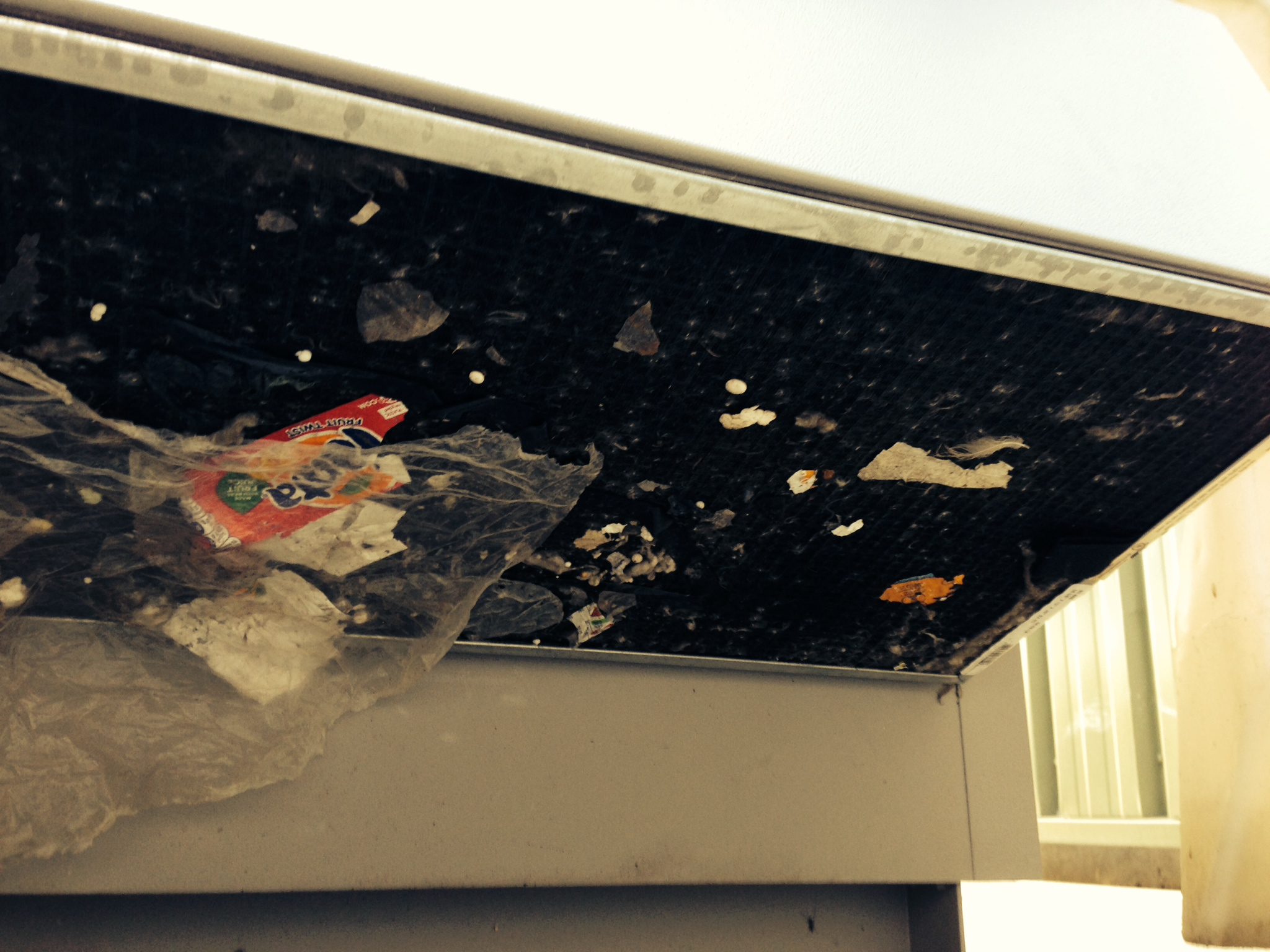The RABScreen air intake filter replacement
The RABSCREEN is the European brand name of the Permatron PreVent filter system. It is the best air filter regularly used in external applications to effectively remove particles including dust and larger particles. Rather than change air filters regularly the RABScreen gives you a pre-filter's ability and is particularly useful in heavily polluted areas.
Construction dust
Construction dust with its smaller particles will affect even the best MERV rating, minimum efficiency reporting value, and no matter how effective your merv filtration these standard pleated filters will need regular changing without the RABScreen - PreVent system.
The installation of RABScreen filters will minimise small particles as well as large particles.
Pollen and cottonwood in the air filters
Pollen and cottonwood in the air are two main contaminants that the RABScreen filters will protect from at home or business.
This protection reduces energy costs and saves you money on your energy bill. A very important factor in todays energy crisis.
Particle size
Particle size is unimportant as RABScreen filters are inherently antistatic and will gather more particles like iron filings to a magnet. If you consider the merv ratings range then the minimum Avg. Arrestance Efficiency of a RABScreen is 42% with higher ratings acheived by improved structure and make up of the filter.
MERV 13 filters
MERV 13 filters provide 98% arrestance and are used in superior commercial buildings and are typically a rigid style box filter 6 to 12" deep using a lofted or paper media. Standard 52.5 determines the typical controlled contaminant as Droplet Nuclei or respiratory droplets as described in Natural Ventilation for Infection Control in Health-Care Settings as follows:
According to Wells (1955), the vehicle for airborne respiratory disease transmission is the droplet nuclei, which are the dried-out residual of droplets possibly containing infectious pathogens.
C.1. Droplet generation and sizes
The term “droplet”, as used in this context, consists mostly of water with various inclusions, depending on how it is generated.
Naturally produced droplets from humans (e.g. droplets produced by breathing, talking, sneezing, coughing) include various cells types (e.g. epithelial cells and cells of the immune system), physiological electrolytes contained in mucous and saliva (e.g. Na+, K+, Cl-), as well as, potentially, various infectious agents (e.g. bacteria, fungi and viruses).
With artificially generated droplets in a health-care setting (e.g. suction of respiratory tract), the main constituent will also be sterile water, with various electrolytes (e.g. “normal” or physiological saline, including Na+, Cl-) and often the molecules of a drug (e.g. salbutamol for asthmatics).
Both these naturally and artificially generated droplets are likely to vary in both size and content. Droplets >5 μm tend to remain trapped in the upper respiratory tract (oropharynx — nose and throat areas), whereas droplets ≤5 μm have the potential to be inhaled into the lower respiratory tract (the bronchi and alveoli in the lungs).
Currently, the term droplet is often taken to refer to droplets >5 μm in diameter that fall rapidly to the ground under gravity, and therefore are transmitted only over a limited distance (e.g. ≤1 m). In contrast, the term droplet nuclei refers to droplets ≤5 μm in diameter that can remain suspended in air for significant periods of time, allowing them to be transmitted over distances >1 m (Stetzenbach, Buttner & Cruz, 2004; Wong & Leung, 2004). Other studies suggest slightly different definitions, with ranges for “large” droplets, “small” droplets and droplet nuclei being >60 μm in diameter, ≤60 μm in diameter and <10 μm in diameter, respectively (Tang et al., 2006; Xie et al., 2007). The concept is that the naturally and artificially produced aerosols will contain a range of droplet sizes, whose motion will depend significantly on various environmental factors, such as gravity, the direction and strength of local airflows, temperature and relative humidity (which will affect both the size and mass of the droplet due to evaporation).
RABScreen vs MERV Filter
They are a disposable filter, unlike the washable RABScreen, which is designed as an air intake protection filter with a lower merv rating and a warranty period of no less than five years.

RABScreen filters the industry standard for air stream filtration.
Indoor air quality requires a varied range of filters and the RABScreen is just one element that should be used on any air intake. From insects to pollen it is possible to improve indoor air quality whilst maintaining air flow with these unique filters and air conditioning engineers should assess their hvac filters and airborne particles to see just how much money could be saved.